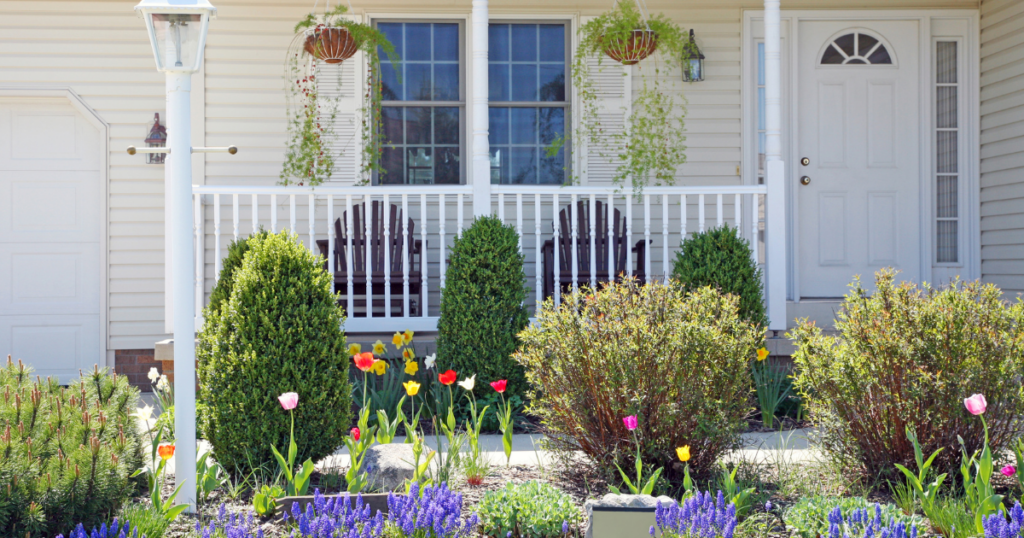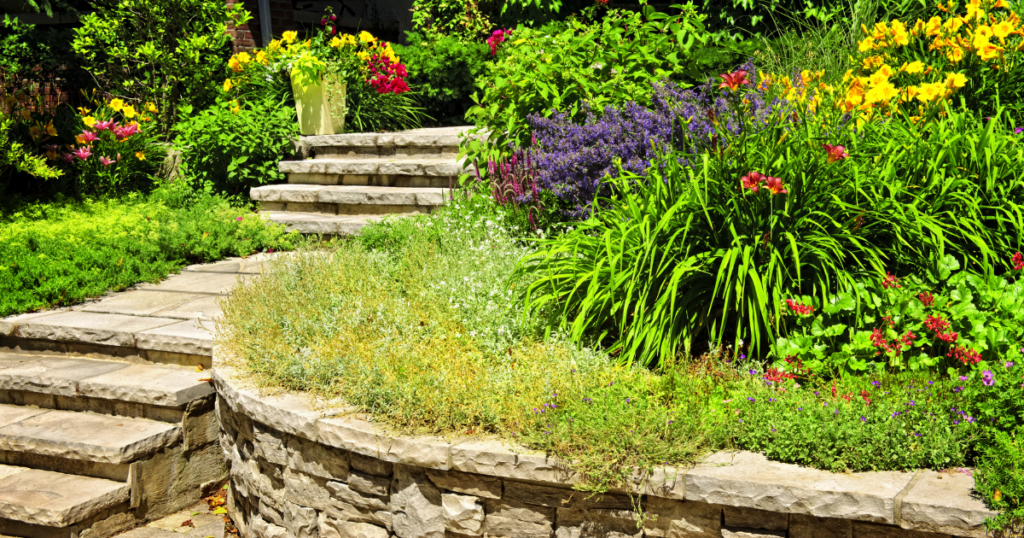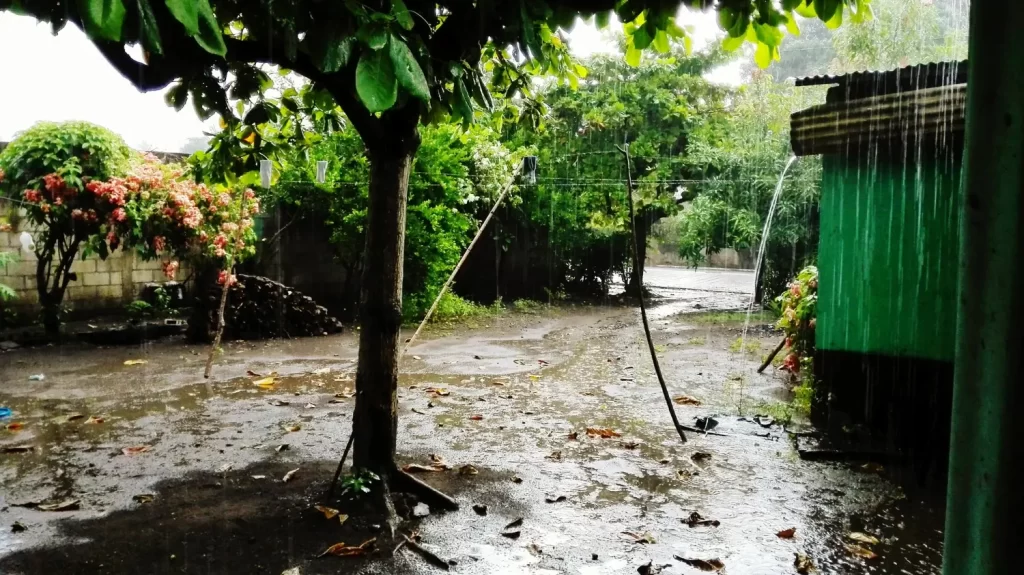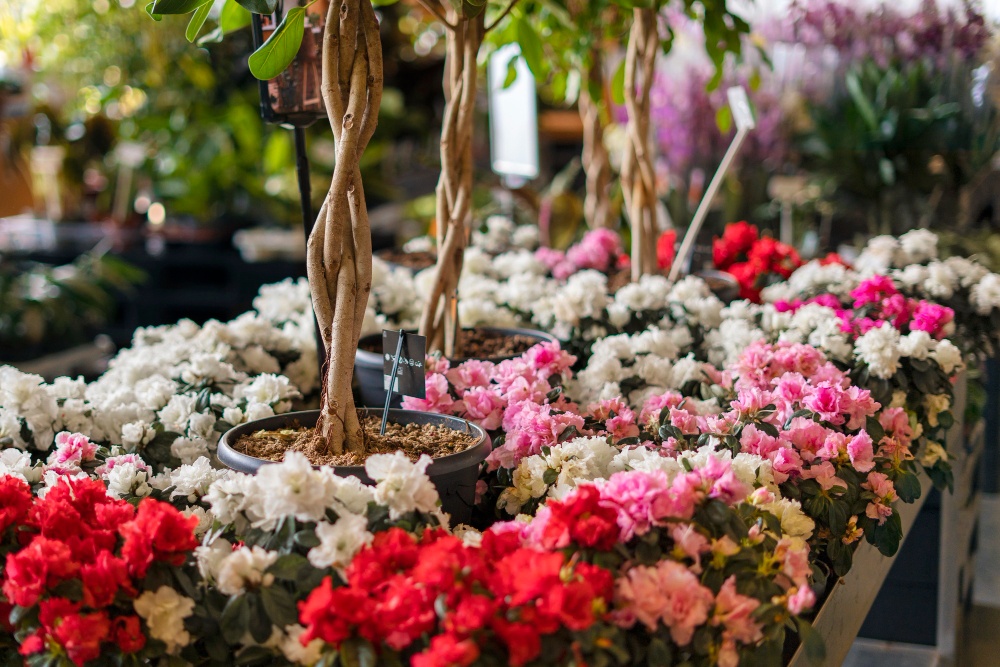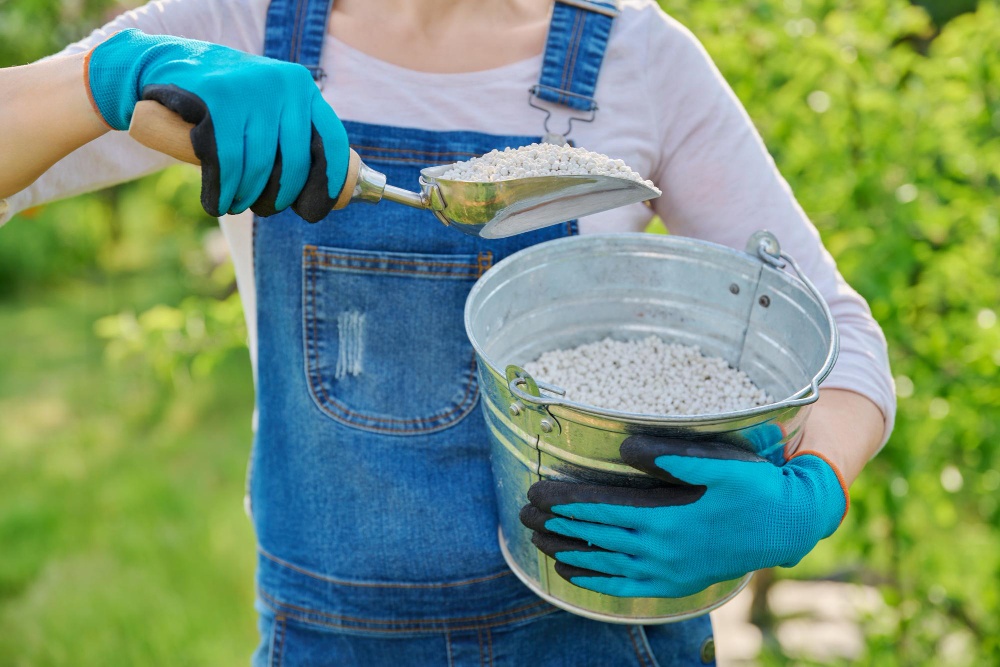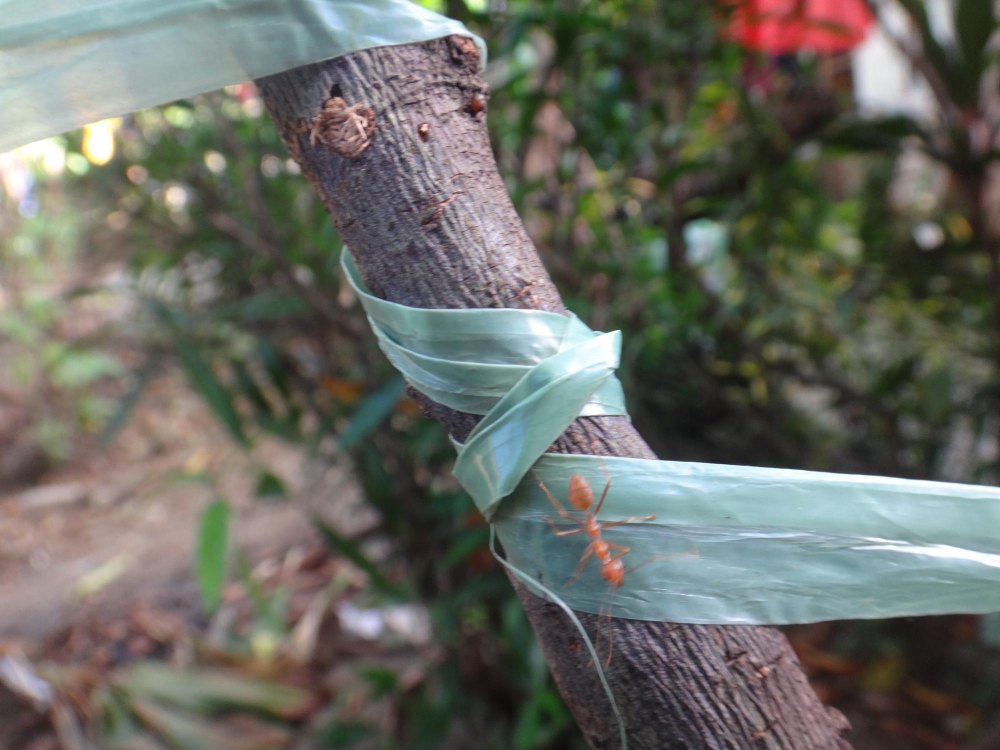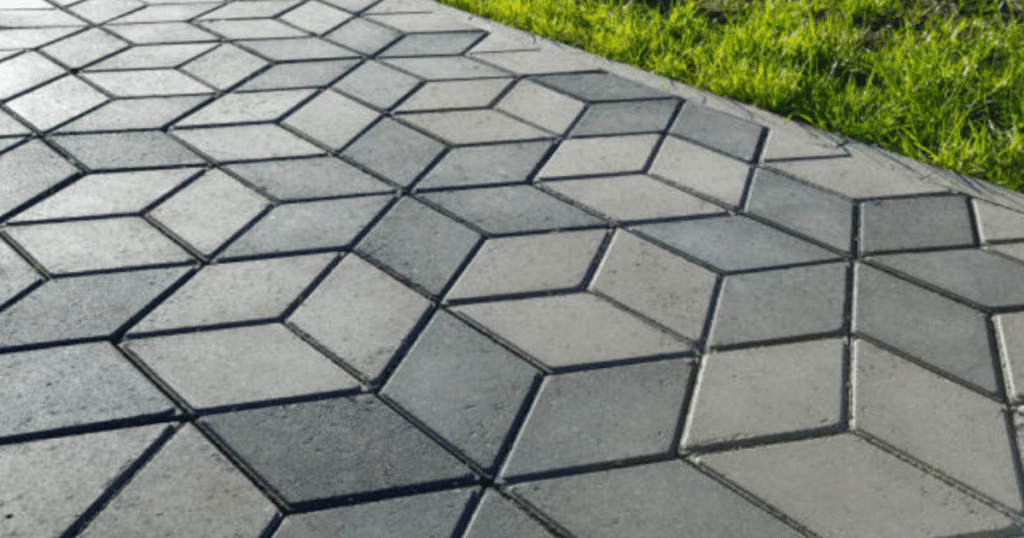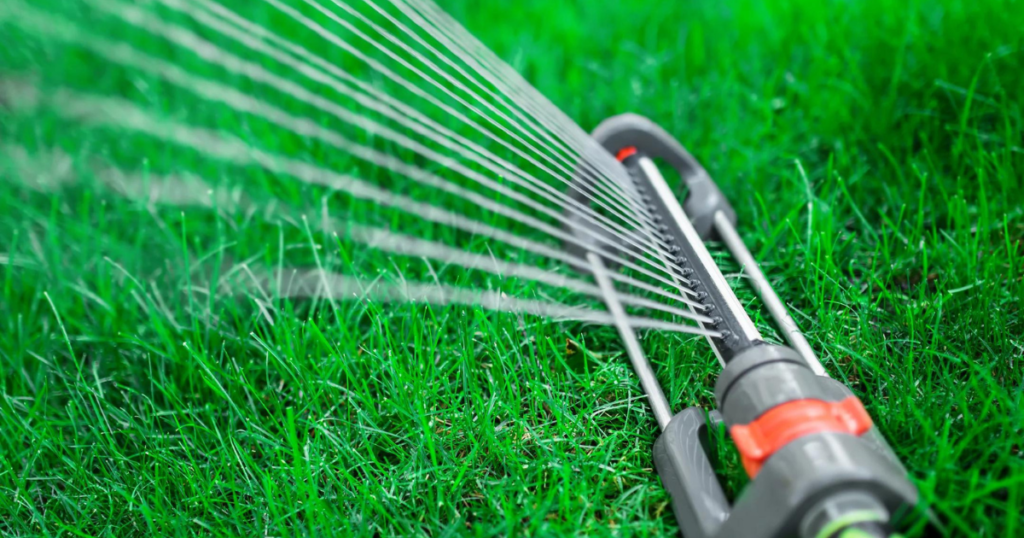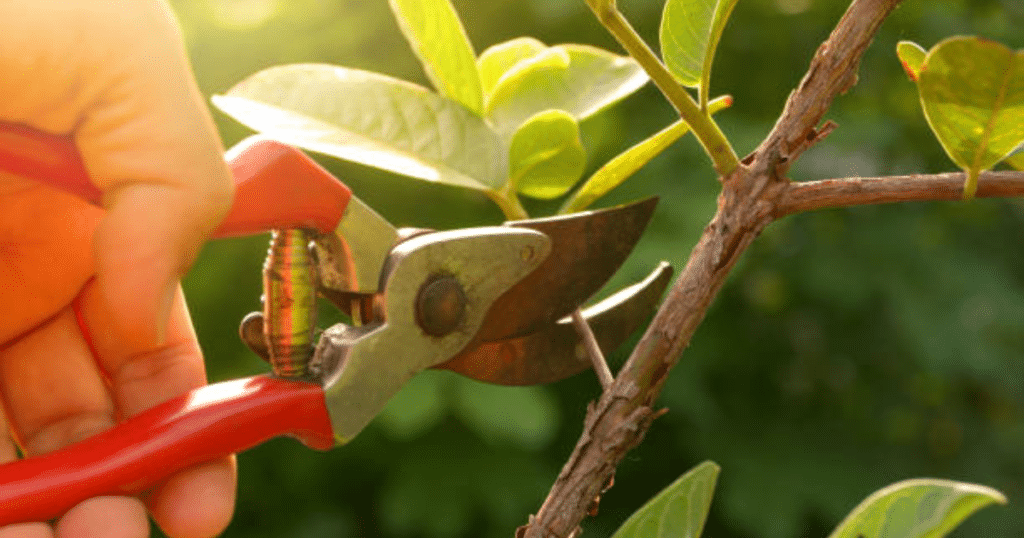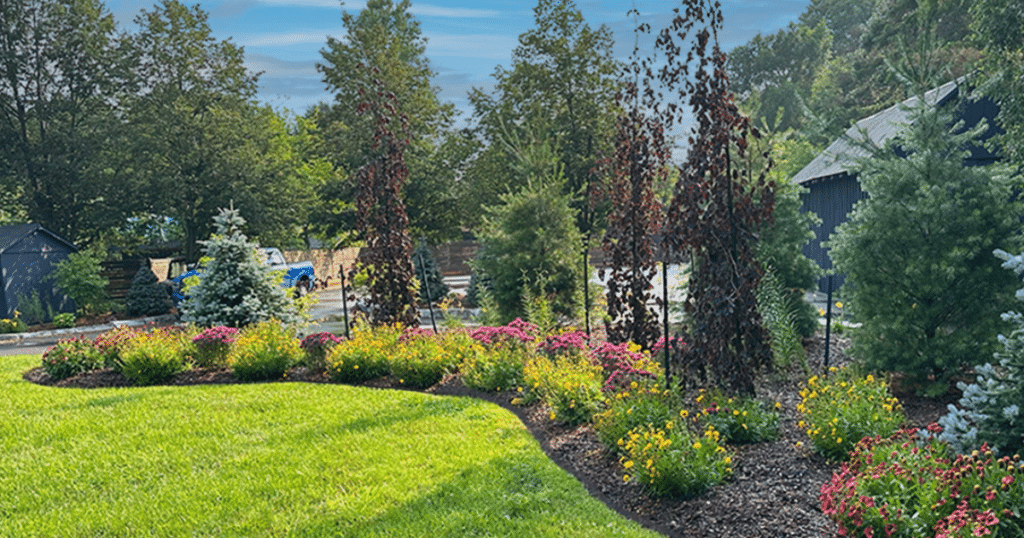As the vibrant colours of summer fade away, and the leaves begin to fall, the transition to fall brings a new set of tasks for homeowners who want to maintain a healthy and vibrant garden. One essential practice for fall landscaping is mulching. Mulching is an art that can greatly benefit your garden by protecting it from harsh winter conditions, enriching the soil, and enhancing its overall aesthetic. This post will help you discover what mulch to use, when to apply it, and how to do it effectively.
What to Use for Fall Mulching
When it comes to fall mulching, you have several options to choose from. Here are some popular choices:
1. Wood Chips: Wood chips are a versatile and widely used mulching material. They break down slowly, providing long-lasting benefits to your garden.
2. Shredded Leaves: Fallen leaves can be shredded and used as mulch. They’re an excellent choice for recycling nature’s debris and enriching the soil.
3. Pine Straw: Pine straw is lightweight and easy to spread. It’s particularly well-suited for acid-loving plants like azaleas and blueberries.
4. Straw: Straw mulch is effective at insulating plants and preventing soil erosion. It’s commonly used for vegetable gardens.
5. Bark Mulch: Bark mulch comes in various sizes and types, including shredded and nugget. It’s attractive and provides good insulation.
When to Apply Mulch in the Fall
Timing is crucial when it comes to applying mulch in the fall. Ideally, you should aim to mulch in the spring time, but if you are planning on mulching in the fall aim for late in the season, after the soil has cooled but before the ground freezes. This is usually around late October or early November, depending on your location. Applying mulch too early can insulate the soil, preventing it from cooling down, which is essential for plant dormancy.
How to Apply Fall Mulch
The application of fall mulch requires a few key steps to ensure it’s done correctly. Paramount ensures the following steps are followed.
1. Prepare the Area: Before mulching, weeds, debris, or old mulch are removed from the area. A clean surface will ensure better contact between the new mulch and the soil.
2. Layer Thickness: Mulch is applied in a layer that is typically 2 to 4 inches thick. Piling against the base of trees or plant stems is avoided as this can create a haven for pests and diseases. A small space around the base is left.
3. Mulch in a Donut Shape: We all love donuts, right? Well so do plants, kind of. When mulching around trees, a donut-shaped ring is created around plants. This encourages water to flow towards the roots rather than away from them.
4. Spread Evenly: The mulch is spread evenly across the entire area to ensure consistent coverage and insulation.
5. Mulch Mats: Sometimes specific plants or areas require more protection. In this case, mulch mats or landscape fabric beneath the mulch will be used.
6. Water the Area: After the mulch is applied, the area is watered thoroughly to help settle the mulch and encourage the decomposition process.
Benefits of Fall Mulching:
Properly mulching in the fall offers numerous benefits of your garden:
Insulation: Mulch acts as a natural insulator, protecting plant roots from extreme temperature fluctuations.
Weed Suppression: Mulch helps suppress weed growth by blocking sunlight and preventing weed seeds from reaching the soil.
Soil Moisture: Mulch retains soil moisture, reducing the need for frequent watering.
Soil Enrichment: As mulch breaks down, it enriches the soil with organic matter, benefiting plant health.
Aesthetics: Mulch gives your garden a neat and polished appearance, even during the gloomier winter months.
For years, Paramount has followed the steps listed above and the benefits have been exponential for our clients. Finding the right company to do the job is just as important as the material used. So, as autumn leaves fall, consider mulching as your canvas to create a masterpiece of a garden that will thrive even through the coldest months. Contact us today to prep your garden for next spring!

